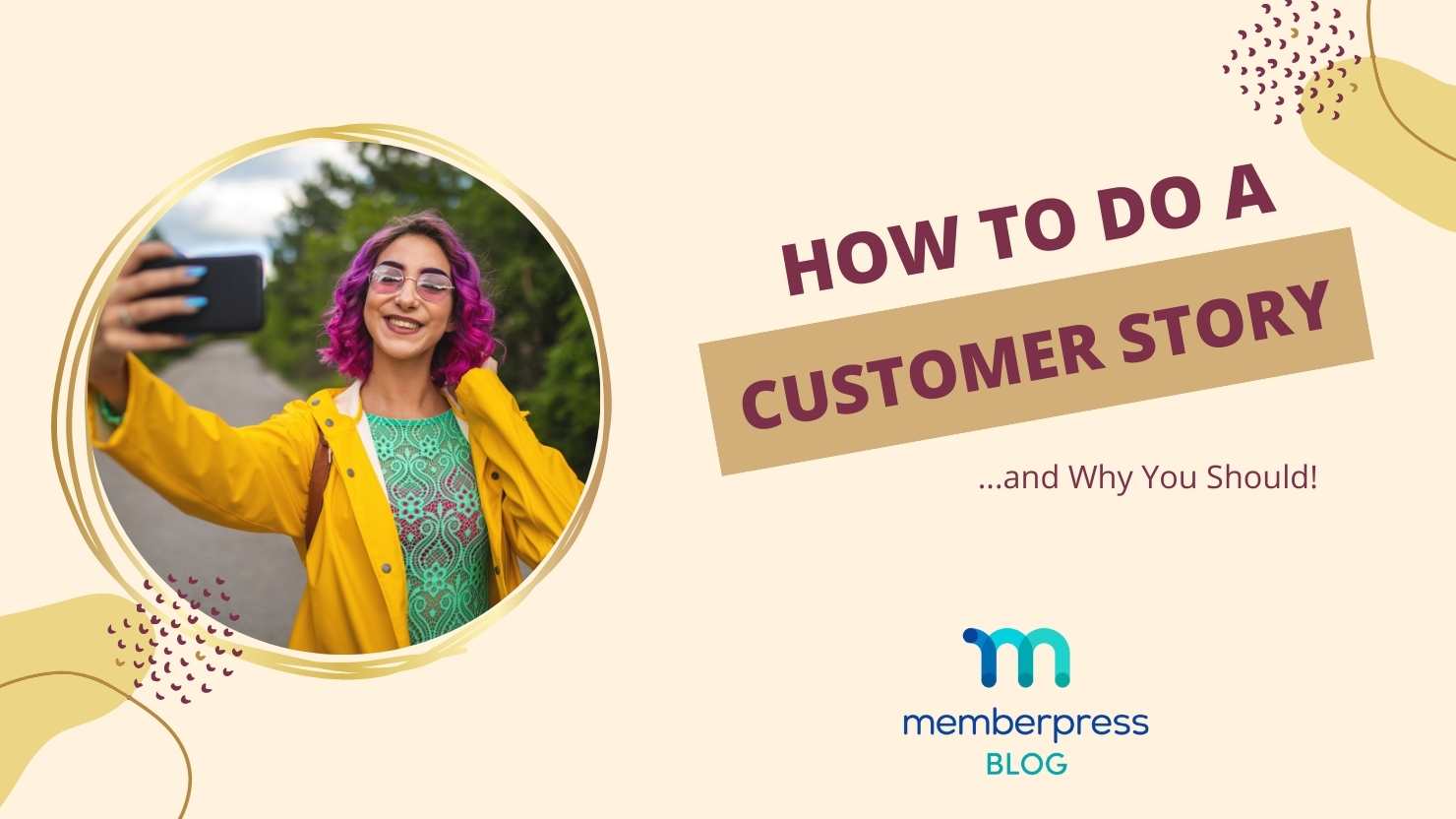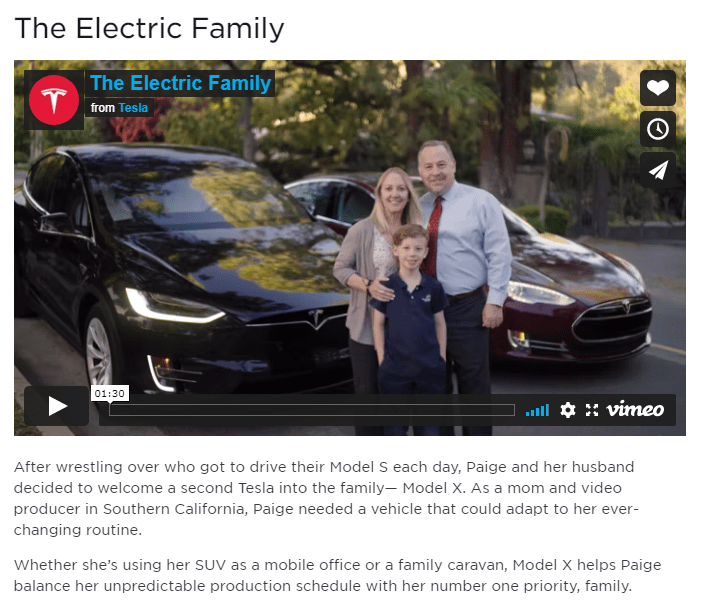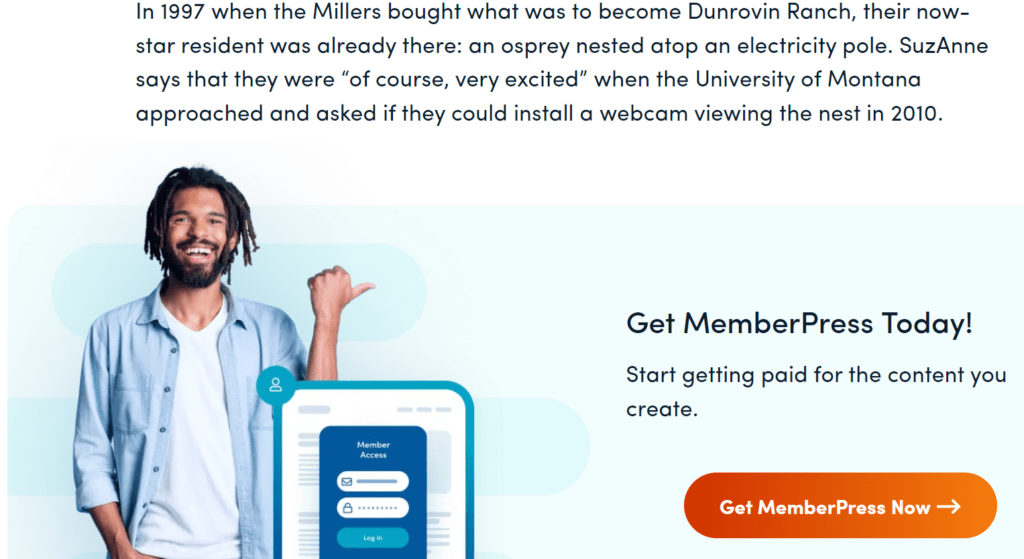Connecting with your audience is more important than ever. Consumers are increasingly looking to friends, influencers, and reviews when deciding which companies to do business with.
Knowing how to do a customer story can help you connect with your audience on a more personal level. In fact, in post-COVID markets, using a more conversational approach has proven effective.
In this article, we'll explain what customer stories are, why they are effective marketing tools, and how to create them for your business. Let's take a look!
An Overview of Customer Stories
You can showcase customer stories through text or video. They're real-life positive customer experiences that encourage other consumers to choose a business's products or services.
These stories can be effective for promoting specific products and services. They can also improve your brand's overall image.
Member case studies use a similar approach to customer stories. You can collect opinions from your members about their satisfaction and their perspective on your quality of service.
Then, you can use this real-life data to encourage other people to sign up for your members-only services.
For example, Tesla uses customer stories to show how its technologies and innovations impact real people and improve their lives:
However, you don't have to be as influential as Tesla to use customer stories! You can tweak these testimonials to show how you make a difference in your customers' lives.
For instance, at MemberPress, we regularly share customer stories, showing how our product has changed people's lives. There's no reason why you can't use a similar approach.
Why Customer Stories Are Effective
Customer stories help you connect with your audience beyond traditional marketing tactics. Studies show that consumers are now less likely to trust faceless companies and are instead turning to unbiased shopping recommendations.
Connecting with your audience can also help you build a community and a loyal customer base. A good way to kickstart that trust is to share positive experiences your customers have had in the past.
While testimonials could be embellished or outright faked, an authentic interview featuring a peer can be powerful.
Ideally, customer stories should provide real-world examples of the benefits your products or services offer. Hearing how your company helped a real person with a real problem can motivate someone in a similar situation to sign up.
How to Do a Customer Story or Member Case Study (In 3 Easy Steps)
Knowing how to do a customer story effectively can be super valuable for modern marketing. Here are a few easy steps to get you started!
Step 1: Find a Story to Tell
The first thing you need, of course, is a story.
Happy customers are almost always willing to meet up via Zoom for a quick chat. If your business caters to other businesses, chances are they'll be happy to accept the free exposure. But how do you find these satisfied customers?
It's actually pretty easy. You may already have some loyal customer advocates you can reach out to and share their experiences. Otherwise, you may need to look for leads in your reviews and testimonials.
Here are a few channels to get you started:
- Reviewers – Get in touch with users who've reviewed your product or service either on your site or through outside review websites (positively, of course!).
- Past contacts – Check your email history for past exchanges with customers.
- Google – Do a search to see if any bloggers have mentioned your site.
Another option is to directly contact the folks on your email list. Put together a short and sweet message inviting customers to contact you about a feature story.
In your email, be sure to outline the benefits of participating. For example, if the customer is a business owner, offer to give their site a dofollow link in the accompanying blog post.
Then you can sift through your responses, looking for relatable stories that promote your company or the specific products you want to gain exposure.
A compelling customer story will present a common problem in a way that's believable and easy to understand. Would-be customers looking to solve a similar issue should find the story relatable and motivating.
Step 2: Show How Your Company Solved the Problem
Enter your company. The main focus of your customer story is to illustrate how your product or service solved a problem for the consumer in question.
Remember, an authentic, real-world example from a person is often more inspiring than a sales pitch from a company.
While many marketing strategies often use a similar approach, a customer story is unique. It demonstrates how the problem was solved rather than promises it will be solved.
As you can see, we use this approach in our own customer stories:
Ideally, your customer story should highlight how your company solved the problem and how the client's life improved.
Don't be afraid to promote your business through your writing, as long as you stay true to the client's experience. The goal is to encourage viewers to pursue the same results.
Step 3: Offer to Solve That Problem for Others
Now that you have established your company's ability to solve a consumer problem, it's time to offer that solution to new customers.
You can do this by being clear about how your products or services can help. You'll also want to tell readers how they can access those benefits.
You can include links to your products and services, targeted copy, and a call to action (CTA) like we did in our Dunrovin Ranch customer story blog post (see screenshot below):
All these elements can encourage readers to learn more about your business and its offerings.
Then it's just a matter of sharing your customer story. Many companies use dedicated blog posts to highlight these testimonials. We also recommend sharing your story across social media and even in your email marketing messages.
Conclusion
As consumers become increasingly distrustful of businesses, earning their trust often requires recommendations from real people. Fortunately, using customer stories is an effective marketing strategy for promoting your business and products.
To recap, here's how to do a customer story in three easy steps:
- Find a story that showcases a problem.
- Explain how your company solved that problem.
- Offer that solution to others with the same problem.
Do you have any questions about creating and sharing customer stories? Let us know in the comments section below!
If you liked this article, be sure to subscribe to the MemberPress blog!

















Add a Comment